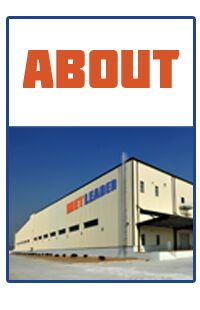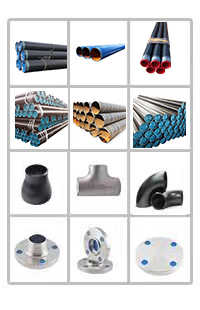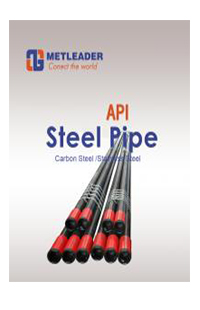What is ERW steel pipe and HFW steel pipe?
What is ERW steel pipe?ERW steel pipes are manufactured from low-resistance or high-frequency resistors. The weld seam is longitudinal. During the ERW steel pipes welded process, the electric current will generate heat as it flows through the contact surface of the weld area. It will heat the two edges of the steel to the edge to form the degree of adhesion. At the same time, under the combined pressure, the edges of the pipe billet are melted and squeezed together.
Generally the maximum outside diameter of ERW steel pipe is 24”(610mm), for the larger diameter SAW should be adopted.
The application of ERW steel pipes:
ERW steel pipes used for transport oil gas liquid can meet low and high pressure request. In recent years, with the development of ERW technology, more and more ERW pipe is used in oil and gas fields, automobile industry and so on. And REW steel pipes have special advantages such as high efficiency, low cost, material saving, easy to automate.
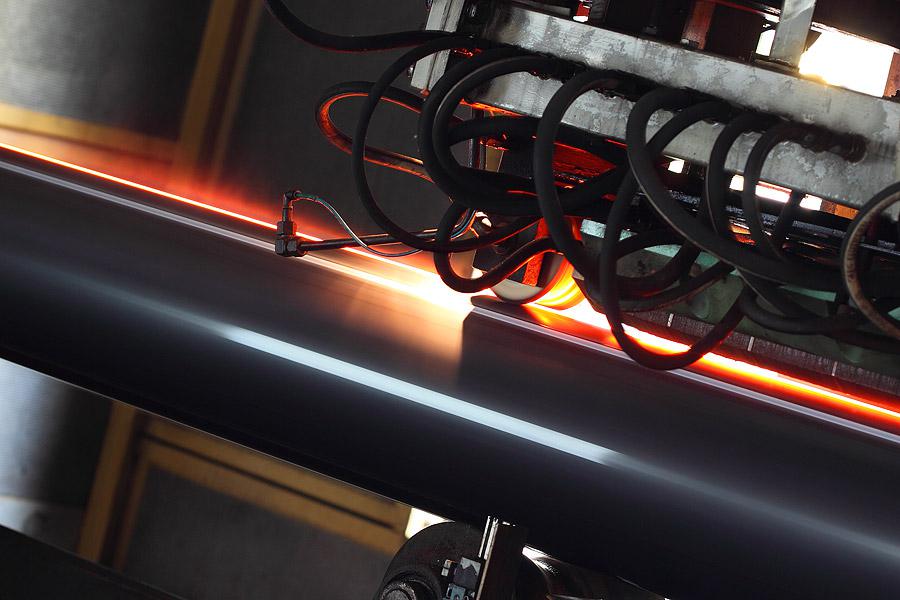
What is HFW steel pipe?
Please noted that HFW steel pipe is one type of ERW pipe.
High frequency welding (HFW) steel pipe means the ERW pipe that the welding electric current frequency equal to or more than 70kHZ. By the high-frequency electric current welding resistance, the heat generated in the contact object causes the surface of the object to be heated to a flexible state, then with or without forging, to achieve a combination of steel. HFW is a kind of solid resistance thermal energy. High-frequency currents pass through metal conductors, producing two special effects, skin effects and proximity effects. The HFW process is to use the skin effect to focus on the steel surface, using the proximity effect to control the position and power of the high-frequency current runner. Due to the very high speed, the contact plate edge can be heated and melted on shore time and then extruded through the docking process.
The advantages and application of HFW steel pipes.
In the welding process, the HFW steel pipe does not need to add fill elements. Therefore, the welding speed is fast and the production efficiency is high. HFW steel pipes are widely used in oil and gas transportation, oil well pipelines, building structures and various mechanical pipelines. However, the quality of HFW steel pipes are influenced by many factors, such as raw materials and processes so controlling production quality becomes difficult. Therefore, the production and welding processes still need to be continuously improved.
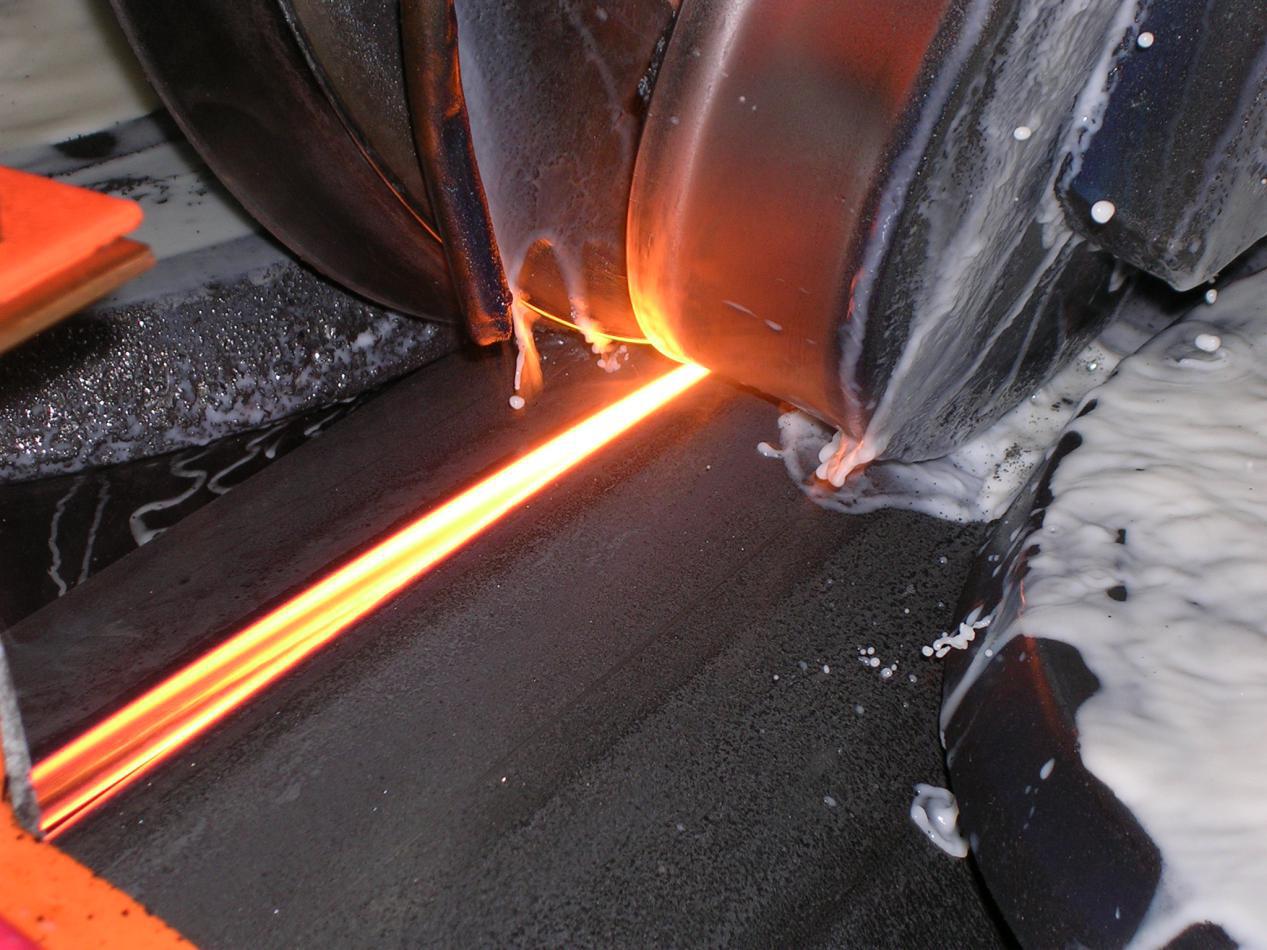
ERW is a generic term for resistance welded steel pipes. It can be divided into two types: AC welding (AC) and DC welding (DC). Depending on the frequency, AC welding can be divided into low-frequency welding, intermediate frequency welding, overclocking welding and high-frequency welding. High frequency welding (HFW) is mainly used for ordinary or thin-walled steel pipe. It includes contact welding and induction soldering. DC welding is usually used for small caliber steel pipes. In general, HFW is one of the ERW production methods, it uses high-frequency welding process. Therefore, ERW steel pipe includes HFW steel pipe.
Previous: Carbon steel pipe bend defects and hydraulic test
Next:Four quality inspection aspects of elbow welding
Next:Four quality inspection aspects of elbow welding







